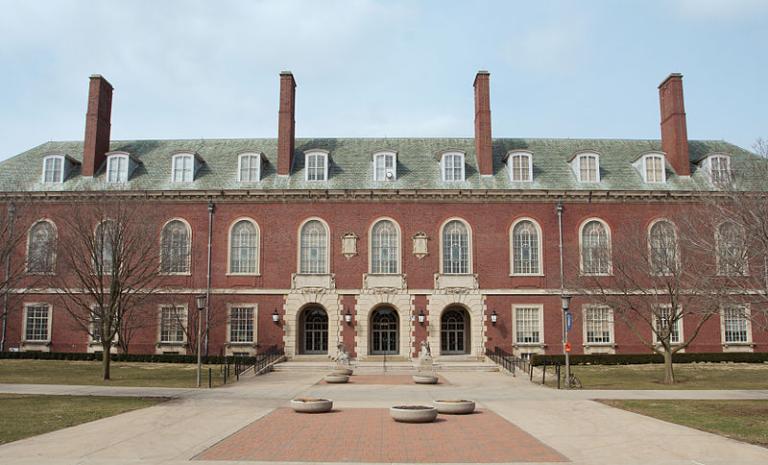Boy, that’s a cryptic title, but something more descriptive would also be significantly wordier.
“Power of 15” is a new initiative at our local high school. It’s a partnership between the local community college, Harper College, and the high school districts in the area, intended to bring community college classes to the high schools. See a description in the local paper, here. The idea is that “research show[s] students who enter college with 15 or more credits are twice as likely to graduate with a four-year degree,” according to information sent to parents, so they’re attempting to get more kids to graduate high school with credits in hand, either from dual-enrollment classes or via AP tests.
The Higher Education Bubble refers to the concept that the “traditional” model of forking of huge amounts of money to “go away to school” for four years will collapse in favor of new models of education.
And Reynolds’ Law? That comes from Glenn Reynolds, aka, instapundit, and was first expressed in 2010 and subsequently dubbed Reynolds’ Law by the blog The View from Alexandria:
The government decides to try to increase the middle class by subsidizing things that middle class people have: If middle-class people go to college and own homes, then surely if more people go to college and own homes, we’ll have more middle-class people. But homeownership and college aren’t causes of middle-class status, they’re markers for possessing the kinds of traits — self-discipline, the ability to defer gratification, etc. — that let you enter, and stay, in the middle class. Subsidizing the markers doesn’t produce the traits; if anything, it undermines them.
So:
Up to now, most students who accumulate 15 credits before even entering college for the first time have accumulated those credits either via a very successful set of AP test sittings, or through self-initiated dual-enrollment (taking college classes on their own initiative, in the summer or in addition to their regular high school classes). It is no surprise that those students are more likely to finish college, as this indicates a lot of motivation and overall preparedness.
But this new initiative is different.
They are offering six courses:
College Composition — it’s not clear if this provides a full year of credit or just one semester
College Mathematical Applications 101 — this is a basic, general-ed, one semester math course, heavy on such topics as understanding statistics
College Algebra — again, a one-semester course at the college level, with its content taught over two semesters in high school. This one doesn’t meet general education requirements, but is intended as one step towards precalculus and, ultimately, calculus.
College Physical Science — a single-semester college class, meant to meet general education requirements for non-majors.
College Speech Communication — again a general education class, this time a semester-length class even at the high school level.
College Introduction to Visual Art — same as Speech, a general education class.
So will taking these classes help kids succeed in college? Will they be more successful because they have the “experience’ of a college-level class, or because they’ve met a prerequisite they otherwise wouldn’t have, or will they benefit from simply having a head start with electives that’ll mean that they will be less likely to simply fall a few credits short of the finish line? I doubt it.
In principle, I agree with the concept: instead of having an AP English class, create a dual-enrollment class of sufficient rigor that it’s transferable as a college course, through the supervision of the community college. Same with Calculus, or any of the AP science or history classes. Then the student is evaluated on their work product over the course of the semester rather than the outcome of a single exam.
But this approach? It won’t truly expose the student to the rigor of a college class, if a semester of learning is stretched out over two. It won’t even be at the level of rigor of an AP class, with their math offering being no more rigorous than other math classes offered at the high school level. And their requirements for enrollment in these classes — a minimum of a C average, plus certain qualifying scores for Composition and the math classes, and high school geometry — certainly don’t promise much rigor, but seem to treat these as interchangeable with any other high school class in terms of skill and preparation level. It would be far better to master “high school level” coursework first, rather than enrolling in classes solely for the sake of having some items labelled “college credit.”
















